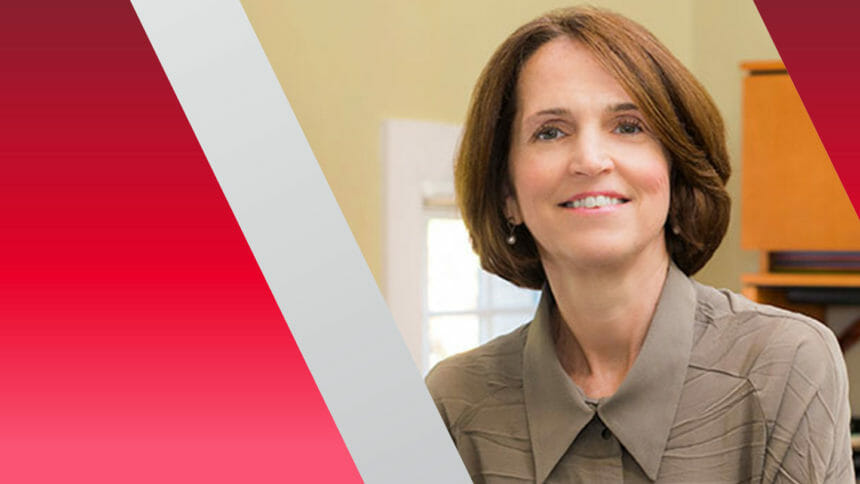
Just two months after forming a special caucus in the House of Representatives, those legislators have received their first set of priorities from the nation’s second-largest association for providers of aging services.
“Long-term care in this country is at a crisis point. The fundamental promise a generation ago to America’s older adults was that they would have complete healthcare coverage in their older years, through Medicare and, as needed, Medicaid,” said Katie Smith-Sloan, president and CEO of LeadingAge, in an Aug. 11 letter to caucus co-chairs Reps Bryan Steil (R-WI) and Ann Kuster (D-NH). “But long-term care was left off the table in the final creation of those programs.”
Sloan called on Steil and Kuster to lead the 21st Century Long-Term Care Caucus “in proposing bold, bipartisan solutions that will help millions of older adults, their families, and those who care and work with them.”
The bipartisan caucus was created in June to focus on issues such as workforce challenges, industry regulation and innovations that might improve care in the near term or far term.
In her letter, Sloan emphasized how the caucus is uniquely positioned to lead Congress in addressing challenges across the long-term care continuum, while spelling out in detail what she believes to be an “increasingly urgent need for a new approach to financing.”
Among the proposed key initiatives:
• Enact long-term care financing reform. Sloan urged the caucus to champion the Well-Being Insurance for Seniors to be at Home (WISH) Act (H.R. 4289). According to LeadingAge, the bill would transform elder care by creating a federal long-term care insurance program, and create a public-private partnership that would pay for catastrophic long-term care insurance and enable families to generate funding for coverage.
• Ensure Medicare and Medicaid adequately cover the costs of care. Among the proposals are permanent Medicaid payment changes across long-term care settings, including provisions for a direct pass-throughs for workers, and a requirement for states to update Medicaid rates regularly. Sloan’s proposals also call for convincing the administration to design and implement “a methodology for calculating a living wage” and incorporating it into Medicare and Medicaid reimbursement formulas. The importance of a living wage is highlighted in the LeadingAge LTSS Center’s “Making Care Work Pay.”
• Enable an adequate workforce. In recognizing the current “crisis around immigration,” that proposal calls for developing both domestic and international pipelines of workers as well as making jobs serving older adults respected, well paid with good benefits, and sustainable.
One part of the plan calls for implementing a new temporary guest worker H-2 Visa Program, for aging services and disabled, which Leading Age proposed in drafting the Ensuring Caregivers for the Aged and Disabled Act. Another part calls for spearheading appropriations requests to fund or supplement programs creating a pipeline of aging services workers. Sloan also calls for exploring options for supporting employers in offering wraparound benefits to aging services through grants that provide funding for recruitment and retention, and ensuring the funds are to be used for wage subsidies, tuition assistance, childcare, and transportation assistance.
Emails to Rep. Steil’s press office were not returned by the McKnight’s Long-Term Care News production deadline, while Rep. Kuster’s communications director declined comment.
Steil and Kuster have said the caucus would work to bring more creativity and flexibility to the sector, especially when it comes to finding workers. While the Senate has its Special Committee on Aging, a similar body in the House was killed in 1992 and efforts to revive it have not succeeded.




